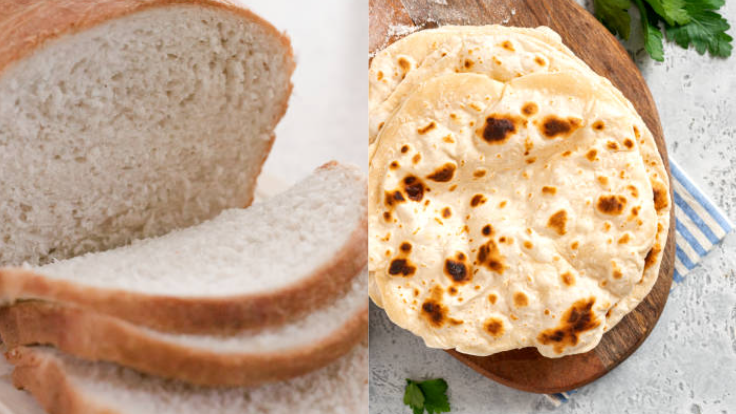White Bread Vs. Chapati: Which One is Better For You?

What To Know
- Its low glycemic index, high fiber content, and abundance of micronutrients make it a superior choice for maintaining stable blood sugar levels, promoting digestive health, and supporting weight management goals.
- Can I Substitute White Bread with Chapati in All Recipes.
- Yes, chapati can often be used as a substitute for white bread in sandwiches, wraps, and other dishes.
In the realm of bread, two culinary contenders stand out: white bread and chapati. While both are staples in many households, they differ significantly in terms of nutritional value, taste, and cultural significance. This comprehensive guide delves into the intricate world of white bread vs chapati, providing valuable insights into their respective health benefits, drawbacks, and culinary versatility.
Nutritional Showdown:
1. Macronutrient Comparison:
- White Bread:
- Carbohydrates: High
- Protein: Low
- Fiber: Low
- Fat: Low
- Chapati:
- Carbohydrates: High
- Protein: Moderate
- Fiber: High
- Fat: Low
2. Micronutrient Content:
- White Bread:
- B Vitamins: Moderate
- Iron: Low
- Calcium: Low
- Chapati:
- B Vitamins: High
- Iron: Moderate
- Calcium: Moderate
Health Implications:
1. Blood Sugar Regulation:
- White Bread:
- High Glycemic Index (GI): Causes rapid blood sugar spikes.
- May contribute to insulin resistance and type 2 diabetes.
- Chapati:
- Low to Medium GI: Provides sustained energy release.
- Helps maintain stable blood sugar levels.
2. Digestive Health:
- White Bread:
- Low Fiber Content: May lead to constipation and digestive issues.
- Chapati:
- High Fiber Content: Promotes regular bowel movements.
- Aids in maintaining a healthy digestive system.
3. Weight Management:
- White Bread:
- High Caloric Density: Contributes to weight gain if consumed in excess.
- Chapati:
- Lower Caloric Density: Supports weight management goals.
Culinary Comparison:
1. Taste and Texture:
- White Bread:
- Mild, bland flavor.
- Soft, fluffy texture.
- Chapati:
- Earthy, nutty flavor.
- Thin, chewy texture.
2. Versatility:
- White Bread:
- Commonly used for sandwiches, toast, and croutons.
- Chapati:
- Can be enjoyed plain, stuffed, or rolled with various fillings.
- Ideal for wraps, tacos, and burritos.
Cultural Significance:
1. White Bread:
- Associated with Western cuisine and modern convenience.
- Often seen as a symbol of affluence and modernity.
2. Chapati:
- Deeply rooted in Indian and Middle Eastern cultures.
- Symbolizes traditional values, simplicity, and communal dining.
The Verdict:
While both white bread and chapati have their merits, chapati emerges as the healthier choice due to its higher fiber content, lower glycemic index, and diverse nutritional profile. However, personal preferences, cultural traditions, and dietary goals should ultimately guide individual bread choices.
The Healthier Choice:
For those seeking a healthier bread option, chapati stands out as the clear winner. Its low glycemic index, high fiber content, and abundance of micronutrients make it a superior choice for maintaining stable blood sugar levels, promoting digestive health, and supporting weight management goals.
Frequently Asked Questions
1. Can I Substitute White Bread with Chapati in All Recipes?
- Yes, chapati can often be used as a substitute for white bread in sandwiches, wraps, and other dishes. However, due to its denser texture, it may not be suitable for all applications, such as croutons or French toast.
2. How Can I Make Chapati More Flavorful?
- To enhance the flavor of chapati, try experimenting with different flours, such as whole wheat, multigrain, or chickpea flour. You can also add herbs, spices, or vegetables to the dough before cooking.
3. Is Chapati Suitable for People with Gluten Intolerance?
- Unfortunately, chapati is not suitable for individuals with gluten intolerance or celiac disease as it is made from wheat flour, which contains gluten.